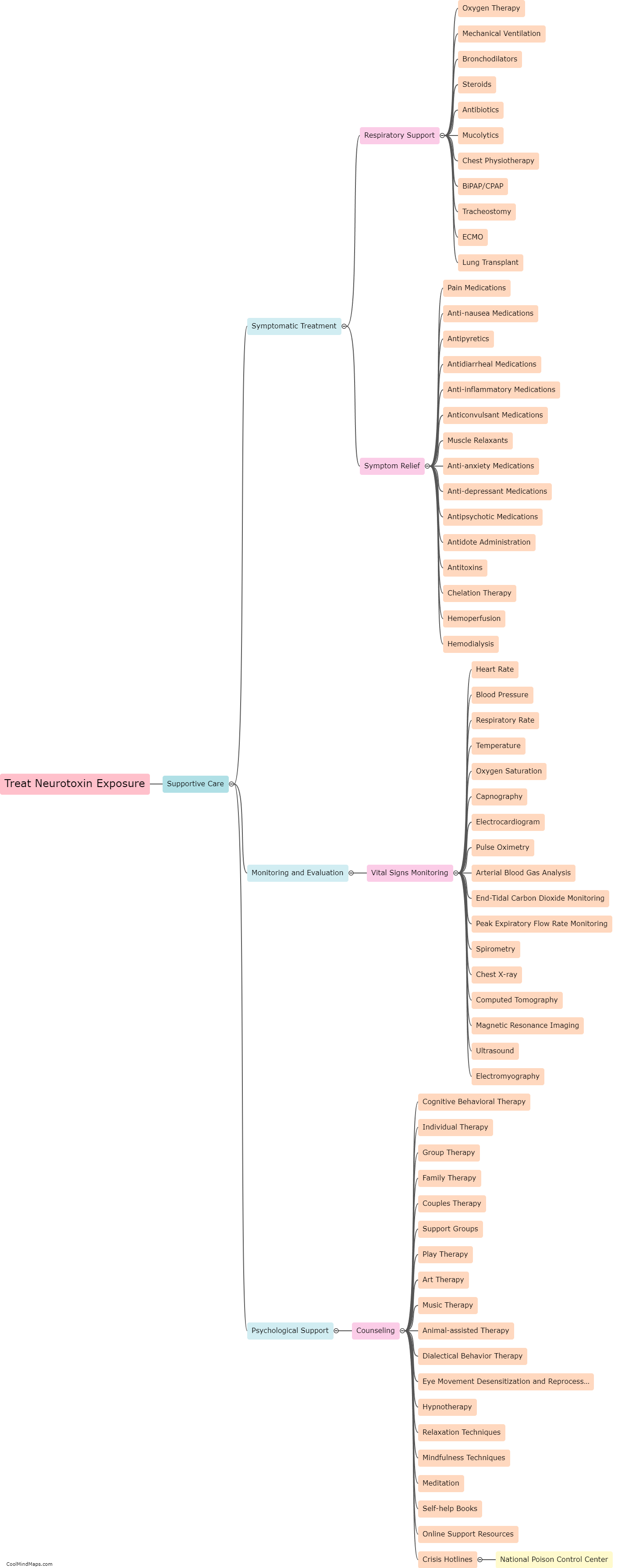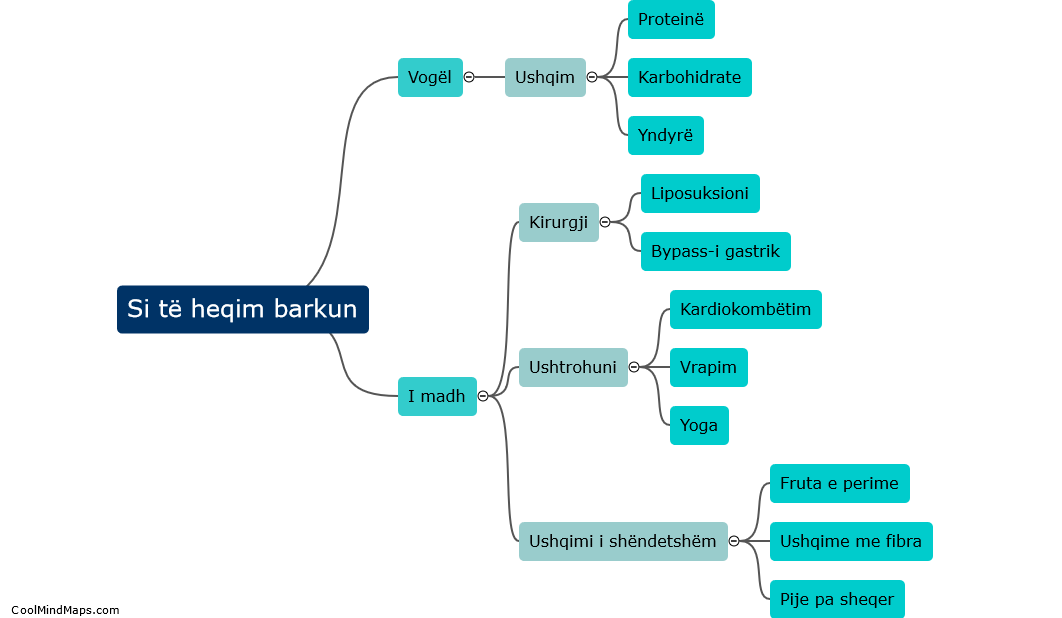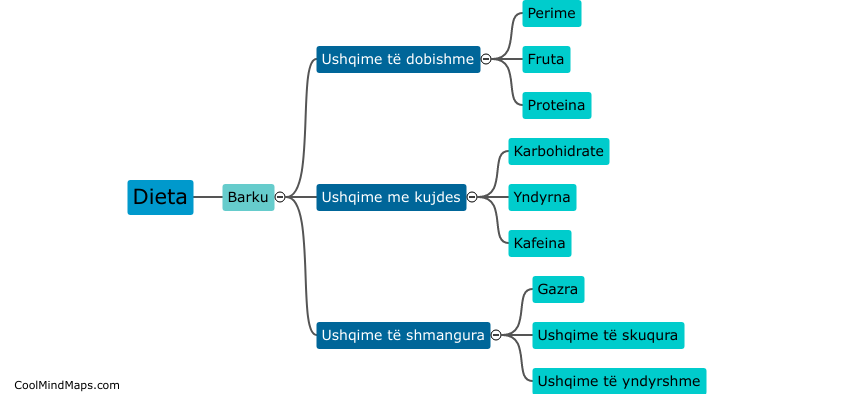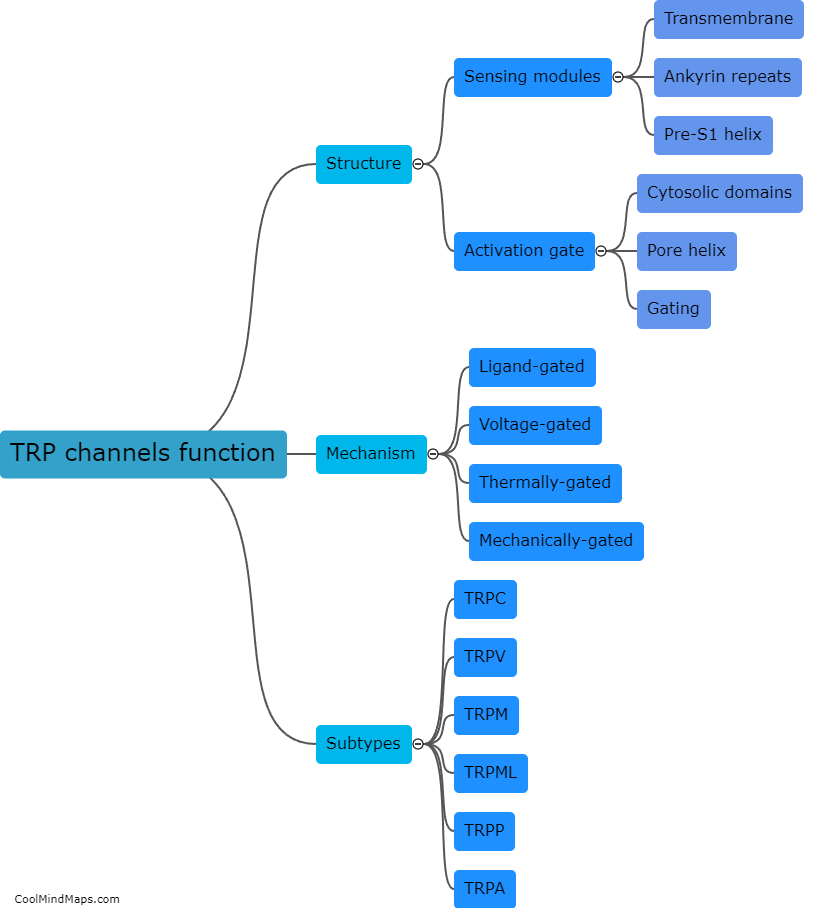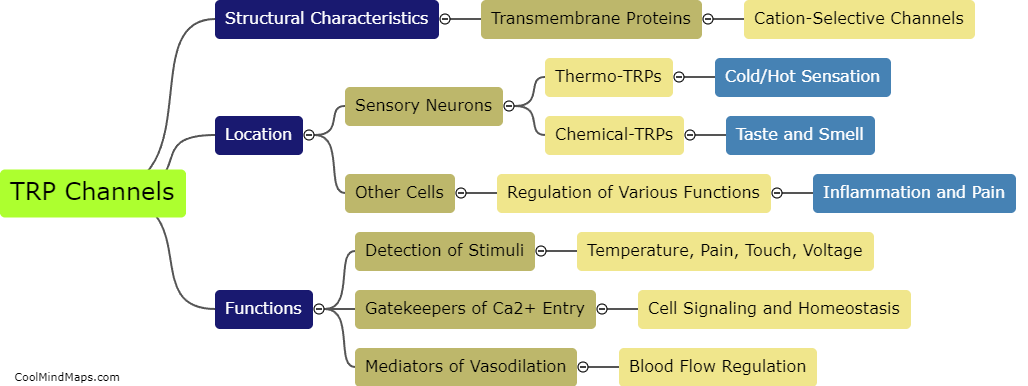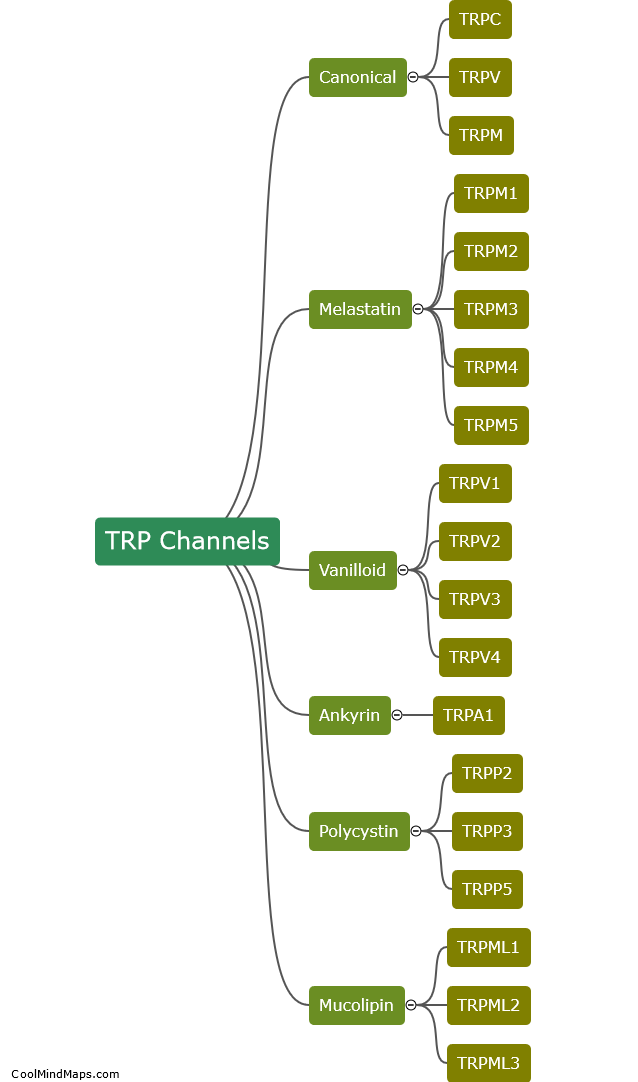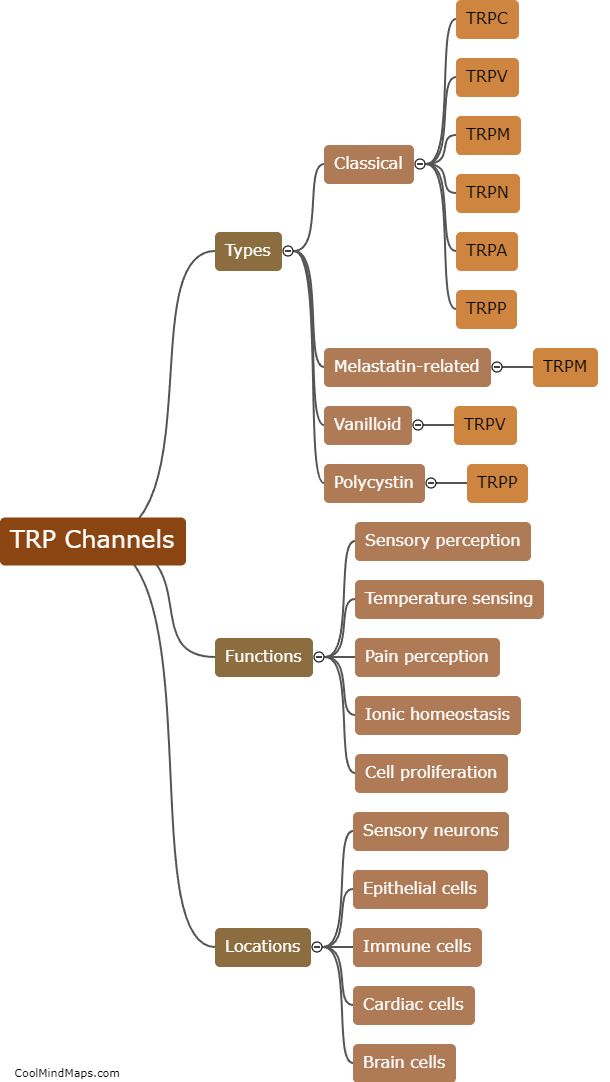How do bacterial biosensors detect pollution?
Bacterial biosensors detect pollution by using genetically engineered bacteria that can produce a measurable response to specific pollutants. These bacteria are designed to include genes for reporter proteins that can be easily monitored, such as fluorescein or luciferase, that emit light in response to a specific chemical. When the bacteria come into contact with the targeted pollutant, they will produce this response, which can then be detected by scientific instruments. Biosensors are an important tool in remediation efforts, and can be a valuable early warning system for detecting and responding to environmental pollution.

This mind map was published on 21 June 2023 and has been viewed 120 times.



